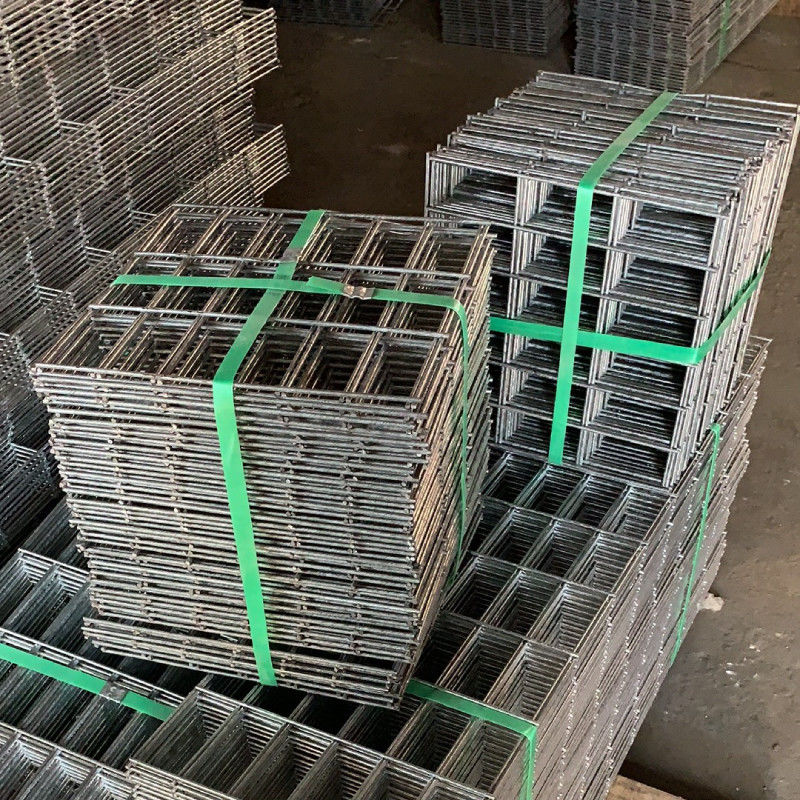
- Mobile Phone
- +8613931874955
- sales@cntcmetal.com
Using Paper Backing with Stucco Netting for Enhanced Wall Finishing Techniques
Stucco Netting with Paper A Comprehensive Guide
When it comes to exterior finishes and design, stucco has long been a popular choice. Its durability and aesthetic appeal make it a preferred option for both residential and commercial buildings. One critical component in the stucco application process is the use of netting, often accompanied by a paper barrier. This combination plays a crucial role in ensuring the longevity and effectiveness of the stucco finish.
What is Stucco Netting?
Stucco netting, also known as wire mesh or lath, is a framework onto which stucco is applied. This netting can be made from various materials, including metal or plastic, but galvanized steel is commonly used due to its robustness and resistance to rust. The primary purpose of the stucco netting is to provide a mechanical bond that helps the stucco adhere properly to the wall surface. It also controls crack formation and enhances the overall strength of the stucco application.
The Role of Paper Barrier
Before the stucco netting is applied, a paper barrier, often referred to as building paper or house wrap, is placed over the sheathing of the structure. This paper serves multiple functions. Firstly, it acts as a moisture barrier. Without this protective layer, moisture can seep through the stucco and compromise the underlying structure, leading to wood rot, mold, or mildew. Secondly, this barrier aids in creating a weather-tight seal, which is essential for preventing air infiltration and improving energy efficiency.
The Application Process
1. Preparation
Proper preparation is vital for successful stucco application. After ensuring that the wall surface is clean and even, the building paper needs to be installed. Overlap the seams adequately and secure it to the surface. Care should be taken to ensure that the paper extends beyond the corners and edges of the wall.
2. Installation of Stucco Netting
stucco netting with paper

Once the building paper is in place, the next step is to install the stucco netting. This is typically done using nails or staples that secure the mesh to the wall. It's important to make sure that the netting is taut and that there are no sagging areas, as these can lead to weaknesses in the stucco layer. The edges of the netting should also overlap to create a seamless layer, further enhancing the integrity of the stucco finish.
3. Application of Stucco
After the netting is securely in place, the stucco can be applied. The process generally involves multiple layers, starting with a scratch coat, which is applied and then scratched to provide a grip for the next layer. Following this, a brown coat is added, and finally, the finish coat is applied, which can be textured or colored as desired.
Benefits of Using Stucco Netting with Paper
The combination of stucco netting and a paper barrier offers numerous benefits.
- Enhanced Durability The mesh provides structural support and reduces the likelihood of cracking, ensuring that the stucco withstands the test of time. - Moisture Management The paper barrier prevents moisture issues, protecting the underlying structure from potential water damage.
- Energy Efficiency By sealing the wall against air leaks, this combination aids in maintaining the temperature within the building, thus improving energy efficiency.
- Aesthetic Versatility Stucco can be finished in a variety of textures and colors, allowing for customized aesthetics while maintaining functionality.
Conclusion
In conclusion, the use of stucco netting combined with a paper barrier is essential for a successful stucco application. This method not only enhances the durability and longevity of the finish but also provides critical moisture and energy protection to the building. When properly executed, stucco can offer a beautiful, lasting exterior that performs well under various environmental conditions. Whether you are a DIY enthusiast or a professional contractor, understanding the importance of this combination is crucial for achieving optimal results in stucco applications.
share:
-
Why Sacrificial Formwork Is Redefining Underground ConstructionNewsJun.06,2025
-
The Structural Dynamics of Modern Concrete: How Snake Spacers Revolutionize Flexible ReinforcementNewsJun.06,2025
-
Snake Spacers Smart-Lock Concrete Reinforcement with Surgical PrecisionNewsJun.06,2025
-
Snake Spacers: Reinforcement Precision for Modern Concrete ProjectsNewsJun.06,2025
-
Snake Spacers Powering Concrete's Structural DNANewsJun.06,2025
-
Slither into Success: Snake Spacers' Precision Bite for Unbreakable ReinforcementNewsJun.06,2025
-
Sacrificial Formwork: Building Stronger, Faster, and Safer StructuresNewsJun.06,2025



















